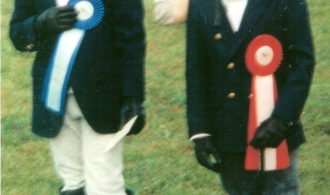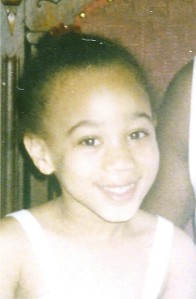 I have spent the last year transitioning from Working woman to SAHM and fluctuating between that and a WAHM.
I have spent the last year transitioning from Working woman to SAHM and fluctuating between that and a WAHM.
As I work towards my desired occupation as writer, I have searched for positions eager to have the flexibility to work from home and spend time with my daughter and husband. I know they exist and I know many women who choose to have a job with such flexibility.
So with that said, I was struck by Marissa Mayer’s decision earlier this week – it may not be big news to everyone with more important things happening in Rome and at the White House even, but it directly affects women like me, looking to be at home and even at work, simultaneously.
I would like to take this discussion a step further however, because I don’t completely disagree with Ms. Mayer – she should actually be commended for wanting to spend time with her baby instead of only having a nanny for her son. She had the means to build a nursery next to her office – so more power to her! Television Writer and Producer, Shonda Rhimes (Grey’s Anatomy, Private Practice, SCANDAL) has rooms for both of her daughters at her offices and also had the means to bring them to work with her. But no one is chastising her… (Is it because Ms. Rhimes is an writer, which is considered a more artistic occupation and Ms. Mayer is a business woman and we love to hate business women… )
Wouldn’t we all (if it is our desire), like to bring our babies to work with us so that we can continue to make money alongside our spouse (if we are are a two-parent household), so that our households have two incomes instead of one, so that we can begin saving for the costly pre-K, Kindergarten, elementary school, high school and / or college tuitions we will have to pay in the coming years… Wouldn’t we all like to raise our children under our own watchful eyes, and have them see us at work, so that they see from a young age, the value of working everyday in your chosen occupation.
It seems that parents these days are making decisions under much scrutiny, but there is so much we have to think about. With things like Newton, Conneticut happening at what seems a daily rate, might some of us be filled with a daily paranoia… On the other hand, these choices are just part of being parents. They are not always easy, but we make them out of what we feel is in the best interest of our child / children… and someone – somewhere will likely disagree or have something to say.
As usual, I digress… So my only “complaint” of Ms. YAHOO is that other mother’s in her situation (with young children / babies) will now have to go through the sometimes lengthy process of securing a nanny / governess / caretaker for their children instead of working from home like they have been. If YAHOO were in New York, these parents would have to account for the $8 Monthly MetroCard fare hike to $112 that goes into effect tomorrow (Sunday, March 3, 2013); gasoline is still sky high (remember when we freaked that it hit $1.00), and now our federal budget is being cut…
Since other women at YAHOO are most likely not in the financial position to build a nursery adjacent to their cubicle, is there a solution for them? It has not been publicized yet – so my only hope is that YAHOO is still discussing how this affects the 1-2% of employees who worked from home. Maybe there could be a proposal for daycare, so other women could bring their children to work and have them at least in the same building. Lauren Ashburn of The Daily Beast said on Hardball with Chris Matthews that she would quit if she were one of those women at YAHOO. My husband said it was a personal decision since she used her own money to build the nursery, and we should stay out of her business.
But for someone as public as she is, personal decisions are not so personal…especially when they are “out of the ordinary”.
Like I said, I love that Marissa Mayer is empowered enough to have a nursery built next to her office and if I had the means and the good fortune to have a television show, I am sure my children would know my office as well as home.
Because I notoriously play both sides. (I can’t help it. I don’t want to really hurt anyone’s feelings… Catholic Guilt?) , I wonder what Ms. YAHOO is thinking (aside from trying to get her company back on its feet). Where is she is in all of this? Is she even listening?
If she is…
…Can I get a nursery too?…



